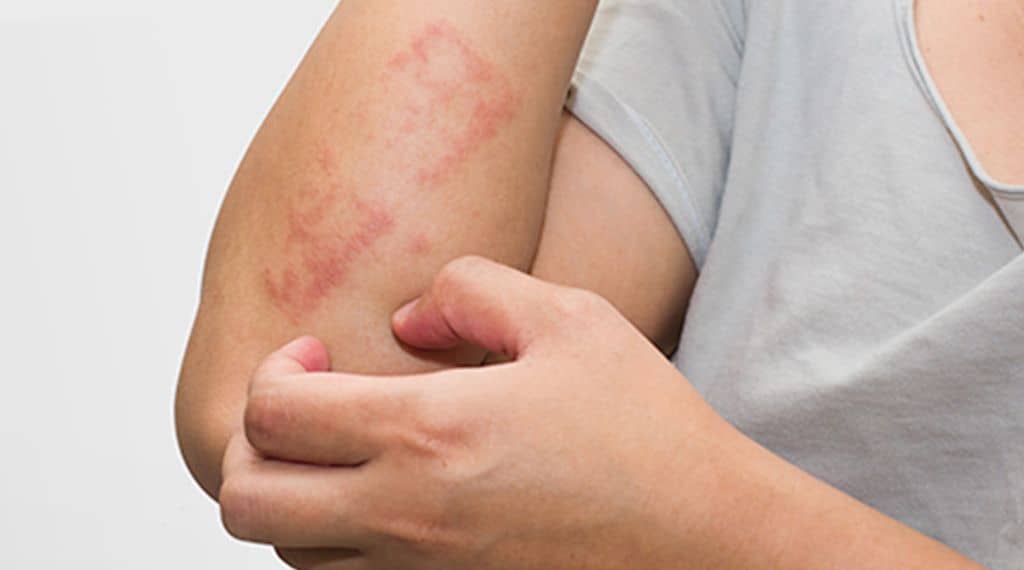Signs And Symptoms Of Toddler Eczema, As Well As Therapy
Nikki Attkisson | Last Updated : September 25, 2021Toddlers who have eczema develop areas of itchy, inflammatory skin that may be cracked, blistering, and scaly, in addition to being itchy and red. The itching that occurs as a result of eczema may be very unpleasant and can cause sleep disruption. Several genetic and environmental factors may contribute to the development of eczema and its associated triggers.
Signs And Symptoms Of Toddler Eczema, As Well As Therapy
Several medical and home treatments, such as wet wraps as well as diluted bleach baths, may be used to alleviate itchy and dry skin in children under the age of two. The most prevalent form of eczema is atopic dermatitis, which affects the skin’s immune system. Over 9.6 million individuals and over 16.5 million adults are affected by this disease in the United States of America.

Atopic dermatitis often manifests itself within the first six months of a person’s existence. Children who suffer from asthma, as well as hay fever, could be at greater risk of developing eczema. The look of eczema in a child varies based on the kind of eczema he or she has. If eczema continues, the skin’s appearance may also alter over time.
Children with eczema may be more restless than normal due to the severe itching and soreness that may accompany the condition. Eczema may also cause sleep disturbances, which can have a negative impact on how children feel and behave during the day. Eczema may manifest itself in a variety of ways depending on the skin tone of the kid. Here’s an example of what eczema can appear like on dark skin.
The look and location of eczema fluctuate as children develop, and the condition may differ from one kid to the next. The National Eczema Association, on the other hand, provides a list of the symptoms.
Many children who were diagnosed with eczema as infants or toddlers show indications of recovery by the time they reach the age of five or six. It is possible for it to disappear completely on its own. Some youngsters, however, may discover that their eczema has returned as they approach puberty. It may even last into adulthood in certain cases.
Eczema is not infectious, which means that it cannot be passed from one person to another. Eczema, according to experts, occurs as a result of a mix of hereditary genes and environmental factors that interact. Some individuals with eczema have such a mutation in the gene that produces the protein filaggrin, which is responsible for the condition. If a person doesn’t even have enough filaggrin in their system, their skin may become dry and more susceptible to infection.
Infants and children born to parents who have previously had allergic diseases such as eczema, asthmatic, and hay fever are much more likely to acquire the same illnesses. In one study published in 2017, researchers discovered that children who have eczema throughout their early childhood are more likely to acquire asthma and hay fever later in life.
In these circumstances, an allergen or irritation from either inside or outside of the body may cause the immune system to respond by releasing inflammatory chemicals. Eczema flare-ups, which are repeated regions of irritation on the skin that really are prone to eczema, are the result of this process.
With over 15 years as a practicing journalist, Nikki Attkisson found herself at Powdersville Post now after working at several other publications. She is an award-winning journalist with an entrepreneurial spirit and worked as a journalist covering technology, innovation, environmental issues, politics, health etc. Nikki Attkisson has also worked on product development, content strategy, and editorial management for numerous media companies. She began her career at local news stations and worked as a reporter in national newspapers.
